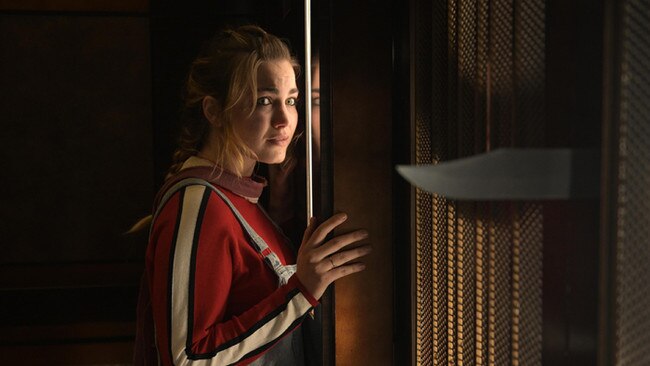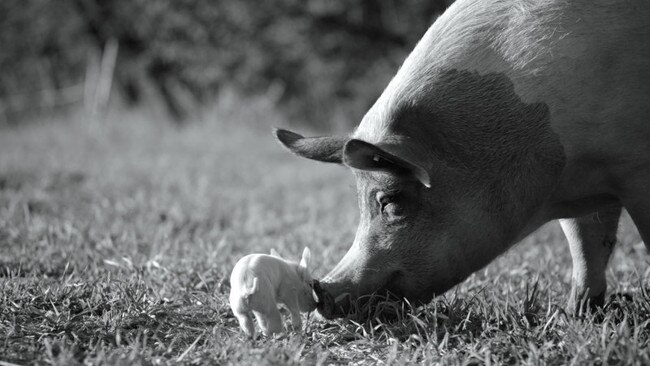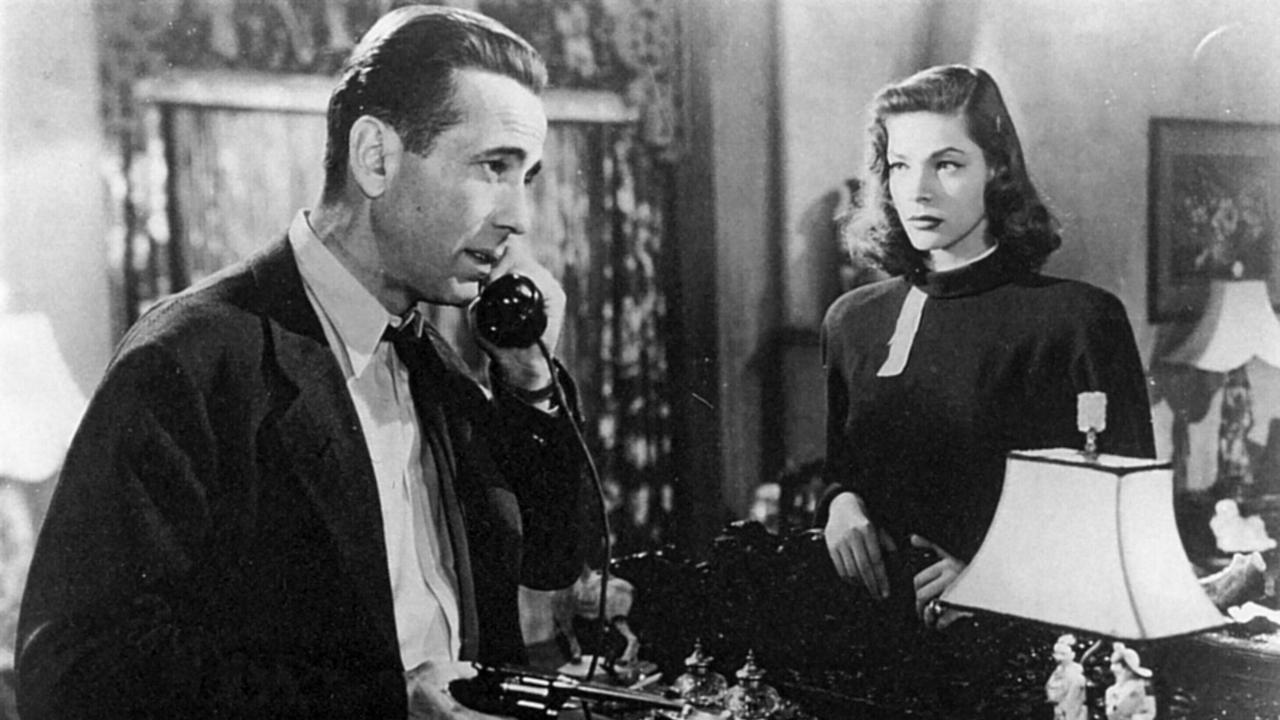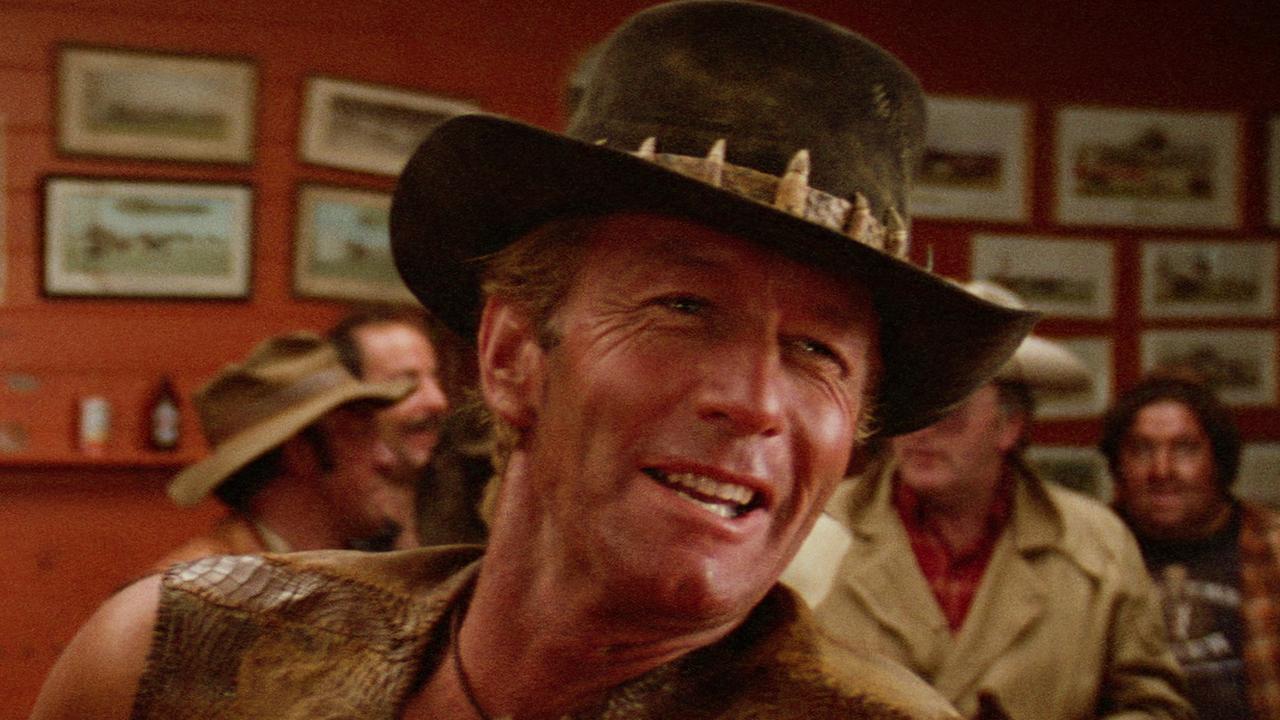Film reviews: Ascendant, Collective and Gunda
Ascendant, in which Australian actors are forced to adopt American accents, is likely to prove as great an ordeal for the audience as it is for its luckless heroine.

Ascendant (M)
Limited release
★★
Ascendant is one of those Australian films that is so determedly aimed at the international (that is, American) market that it denies its Australian identity. It is by no means unique in this regard. Filmmakers regularly complain that sales agents insist that our films be “Americanised” if overseas distribution is to be achieved.
So here we have a film made at Sydney’s Fox Studios, set in Shanghai and featuring American characters, most of them played by Australian actors forced to adopt American accents.
Even without these drawbacks, however, the film would be problematic. Most of it is set in a lift located in a tall building — 120 floors are mentioned at one point — where the heroine, Aria Wolf, played by Home and Away alumna Charlotte Best, is trapped. When the film begins Aria is bound and gagged, but she soon succeeds in freeing herself, not that it does her much good. From time to time the lift plummets at high speed downwards, stopping just before it hits ground level, before rocketing up again.
Poor Arla gets bounced around a lot while she’s trying to work out what on earth is happening to her. Eventually she, and we, realise that somewhere in the same building her father, Richard (South African actor Jonny Pasvolsky), a CIA agent, is being tortured and interrogated by Russians led by Taroslav (Alex Menglet, chewing the scenery) who want to know the whereabouts of someone known as The Engineer. On rare occasions the claustrophobia of the lift’s interior is leavened by flashbacks to a happier time involving Aria, her twin sister and their parents on a summery beach. On a video screen there are even fleeting shots of Uluru and a koala, but that’s as much overt Australian content as producer-director Antaine Furlong is willing to provide.
The film is likely to prove as great an ordeal for the audience as it is for its luckless heroine.
–
Collective (Colectiv) (MA15+)
Limited release
★★★★½
The dearth of mainstream movies coming from the US in recent months, while seriously affecting cinema box-office, has had at least one positive effect: the release of several interesting films from different parts of the world that probably would never have been screened in this country if they hadn’t been required to fill the holes left by more mainstream offerings. Take, for example, a documentary about political corruption in Romania titled Collective, an extraordinary film that vividly confirms that a free press is essential to at least attempt to keep politicians honest.
On October 30, 2015, a fire broke out at a Bucharest nightclub called Colectiv. A band had just finished its set, and a fixed camera placed at the back of the venue recorded the moment that the musicians realised something was terribly wrong. There was no emergency exit and a panic ensued, also caught on camera. Twenty-seven young people died that night and 180 were injured, most of them suffering from bad burns. However, the aftermath of this tragedy was, if anything, even more catastrophic.
In the days and weeks that followed 37 more people died. The deaths prompted investigative journalist Catalin Tolontan, writing not for a political journal or for a mainstream publication but for a sports newspaper, Sports Gazette, to probe further. What Tolantan and his team discovered was that hospitals all over the country, including the specialist burns unit to which the victims were taken, were using disinfectant that had been diluted to the extent that it had become completely ineffective. Tolontan tracks the source to Hexi Pharma, the country’s leading manufacturer of medical drugs, and discovers that the laboratory and its owner, Dan Condrea, have been diluting medicines before sending them out to medical centres throughout the country. The motive: simply profit.

The health minister, at a press conference, claims “We have taken all measures required by law” and says “the disinfectant is effective in 95 per cent of cases”, statements that prove to be blatant lies. Soon afterwards he resigns.
The journalists discover that Condrea’s fortune is located in a secure bank in Cyprus, and soon afterwards the pharmaceutical magnate is killed in a car crash, leaving multiple questions unanswered.
The scandal brings down the government. New health minister Vlad Voiculescu, formerly an advocate for patients’ rights, is frank and open with the media. He allows documentarist Alexander Nanau, who has been filming the story from the beginning, complete access to his office and to all of his meetings. On his office wall hangs a huge blow-up photograph of one of the burn victims. Changes, it seems, will be made. Then there is another election.
What makes Collective such a sobering and compelling document is the fact its underlying themes are universal. Corruption is almost endemic, the film is saying, even in supposedly democratic Western countries. A free unfettered media is essential to “keep the bastards honest”, but this alone is not enough. When fake news can be widely disseminated so the public doesn’t know what to believe, democracy is in danger.
Apart from the tireless Tolontan and the painfully honest Voiculesco, the other key character in this riveting film is Tedy Ursuleanu, a young woman who was at the nightclub on that fateful evening. She survived, but with scars all over her body and the loss of a hand. She became the face of the victims, and it’s her photograph that Voiculscu displays in her office. Her courageous demands for justice and an end to the corruption that exacerbated this tragedy are inspirational.
Nanau’s microscopically detailed and angry film certainly makes for compelling viewing. It’s the finest possible example of a crusading and committed documentary.
–
Gunda (G)
Limited release
★★★★
Like Collective (above), Norwegian documentary Gunda is probably screening in cinemas only to fill a distribution gap, but it’s another strikingly good film.
Put simply, it’s the story of a pig — but this is no Babe. Stunningly well photographed in black and white, the film is about a sow named Gunda that gives birth to a dozen piglets. The tiny creatures emerge from their mother and automatically seek out the big sow’s teats. When they are first born they naturally rely on their mother for life itself, but as time goes by and they become gradually bigger they become less reliant.
There’s nothing unusual about any of this; in fact it’s the ordinary, everyday depiction of life on an average farm that gives the film its potency. Without even an emotive music track, the film — directed by Victor Kossakovsky, who was also responsible for the outstanding, high-contrast photography (in collaboration with Egil Haskjold Larsen) — seems content to observe the lives of these farm animals.
Once in a while other domestic creatures appear. A herd of cows is assailed by persistent flies until they apparently discover an ingenious way of keeping the pests at bay. Some scrawny chickens pop up, curious and nosy; one of them has only one leg.
But these animals seem almost unnecessary additions to the film, given that the focus is on the pigs, who — before our eyes — grow up, mature, evolve. We watch them feed, quarrel among themselves and even fight one another. One of them, the runt of the litter, is usually left behind.
Meanwhile the enormous sow goes placidly about her business, occasionally checking to see that her offspring are behaving themselves.
Human beings are not seen but their presence is very much felt, especially towards the end of what proves to be a surprisingly moving film. The mood is poetic — the sumptuous images are certainly seductive and mesmerising — but the underlying theme is to remind us that these animals are being raised for a reason.
It’s interesting to discover, thanks to the end credits, that what seems to have been a film made on a single farm was actually shot in three countries (Norway, Spain and Britain), countries with such different landscapes that the fact the film appears to have a unified location is all the more remarkable.





To join the conversation, please log in. Don't have an account? Register
Join the conversation, you are commenting as Logout